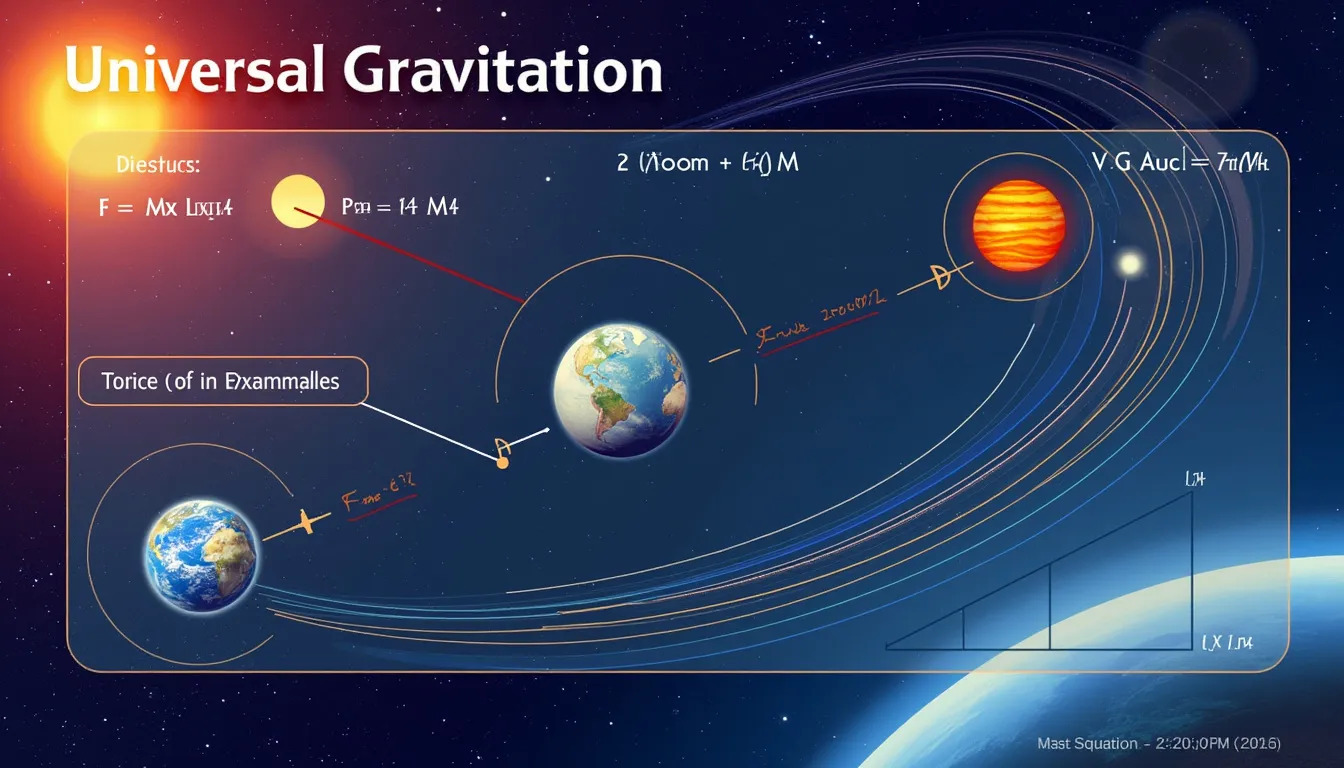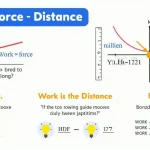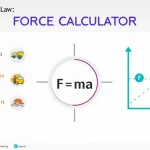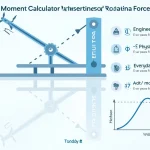Gravitational Force Calculator
Is this tool helpful?
How to Use the Gravitational Force Calculator Effectively
Our intuitive Gravitational Force Calculator simplifies the process of determining gravitational attraction between two objects. Follow these easy steps to obtain accurate results:
- Input Mass of Object 1: Enter the mass of the first object in kilograms (kg). For example, try 1500 kg or 2300 kg.
- Input Mass of Object 2: Enter the mass of the second object in kilograms (kg). You could use values like 2700 kg or 3200 kg.
- Enter Distance: Provide the distance between the centers of the two objects in meters (m). Typical examples are 500 m or 1200 m, ensuring the value is greater than zero.
- Calculate: Submit the form to compute the gravitational force.
- Review the Result: The gravitational force will display in Newtons (N), often in scientific notation to express very large or small values clearly.
Note: Please ensure all inputs are positive numbers to guarantee correct computation.
Discover the Power of the Gravitational Force Calculator: Definition, Purpose, and Benefits
The Gravitational Force Calculator is a dynamic online tool engineered to help you explore the fundamental force that pulls objects with mass toward each other — gravity. Developed using Newton’s law of universal gravitation, this calculator computes the gravitational force between any two masses separated by a specified distance, making complex physics calculations accessible for students, educators, researchers, and curious minds alike.
Why use this gravitational force calculator?
- Instant and accurate results: Avoid lengthy manual calculations and reduce errors for precise force values.
- Educational insights: Strengthen your understanding of gravitational interactions and physics concepts.
- Versatile applications: Use it for academic projects, scientific research, engineering tasks, and general curiosity about the universe.
- User-friendly interface: Intuitive input fields and clear results make it accessible to non-experts.
The formula used by the calculator is Newton’s universal law of gravitation:
$$F = G \frac{m_1 m_2}{r^2}$$
Where:
- F is the gravitational force in Newtons (N)
- G is the gravitational constant, approximately 6.67430 × 10-11 N·m²/kg²
- m₁ and m₂ are the masses of the two objects in kilograms (kg)
- r is the distance between the centers of the masses in meters (m)
Example Calculations Using the Gravitational Force Calculator
To illustrate how this calculator can assist your understanding and practical computations, here are some insightful examples using real-world data:
1. Calculating the Force Between Two Vehicles
Suppose two cars have masses of 1000 kg and 1200 kg, positioned 10 meters apart. Using the calculator:
- m₁ = 1000 kg
- m₂ = 1200 kg
- r = 10 m
The calculated gravitational force is approximately:
8.01 × 10-7 N
2. Earth and a 75 kg Person
Calculate the force between Earth and a person of 75 kg standing on its surface (distance being Earth’s radius ~6.371 × 106 meters):
- m₁ = 5.972 × 1024 kg (Earth’s mass)
- m₂ = 75 kg (person’s mass)
- r = 6.371 × 106 m
The gravitational force results in roughly the person’s weight, about:
735 N
3. Gravitational Force Between Two Satellites
Two satellites weighing 1500 kg and 2000 kg, orbiting 1000 meters apart in space:
- m₁ = 1500 kg
- m₂ = 2000 kg
- r = 1000 m
Gravitational force between them would be approximately:
2.00 × 10-13 N
Advantages and Real-World Applications of the Gravitational Force Calculator
Our Gravitational Force Calculator isn’t just an educational tool; it’s a practical resource that supports diverse fields such as:
- Astronomy and Astrophysics: Understand the forces between planets, moons, asteroids, and stars for research and mission planning.
- Engineering and Space Exploration: Calculate forces to aid satellite deployment, spacecraft trajectory analysis, and orbital mechanics.
- Education and Research: Demonstrate gravity principles visually and numerically in classrooms or labs.
- General Curiosity and Learning: Explore how gravity influences objects around you and unlock deeper knowledge about our universe.
By harnessing this calculator, users save time and improve accuracy in gravitational force computations critical for scientific, academic, and practical applications.
Frequently Asked Questions About Gravitational Force Calculations
1. What does the gravitational force represent?
It is the attractive force acting between any two objects with mass, pulling them toward each other. This fundamental force governs planetary motions, tides, and everyday weight.
2. Why are results often shown in scientific notation?
Gravitational forces can range from extremely small (between everyday objects) to tremendously large (between celestial bodies). Scientific notation efficiently represents these varied magnitudes.
3. Can the calculator handle very large or small masses?
Yes, it accommodates a wide range of masses. However, it assumes point masses and does not incorporate corrections from relativistic physics for extreme cases.
4. How does distance affect gravitational force?
Gravitational force decreases rapidly as distance increases, following an inverse square law. Doubling the distance reduces the force to one-quarter of its original value.
5. Is this calculator suitable for weight calculations on different planets?
Yes, by entering the planet’s mass and radius as the distance, you can estimate an object’s weight on various planets. Remember, weight varies with gravitational pull, but mass remains constant.
Conclusion: Embrace Gravitational Force Calculations with Confidence
The Gravitational Force Calculator empowers you to explore the invisible but powerful force that shapes our cosmic environment. From educational demonstrations to advanced mission planning, it provides precise, quick, and meaningful insights into gravitational interactions.
- Gain instant understanding of gravitational forces with reliable mathematical precision.
- Support your scientific endeavors with an easy-to-use, accurate computational tool.
- Visualize how mass and distance interplay to create the universal attraction that governs our world.
- Deepen your knowledge of one of nature’s most fundamental forces.
Dive into your gravitational explorations today — calculate, compare, and comprehend the forces connecting every object in the universe. The cosmos is within your reach through every calculation!
Important Disclaimer
The calculations, results, and content provided by our tools are not guaranteed to be accurate, complete, or reliable. Users are responsible for verifying and interpreting the results. Our content and tools may contain errors, biases, or inconsistencies. Do not enter personal data, sensitive information, or personally identifiable information in our web forms or tools. Such data entry violates our terms of service and may result in unauthorized disclosure to third parties. We reserve the right to save inputs and outputs from our tools for the purposes of error debugging, bias identification, and performance improvement. External companies providing AI models used in our tools may also save and process data in accordance with their own policies. By using our tools, you consent to this data collection and processing. We reserve the right to limit the usage of our tools based on current usability factors.







